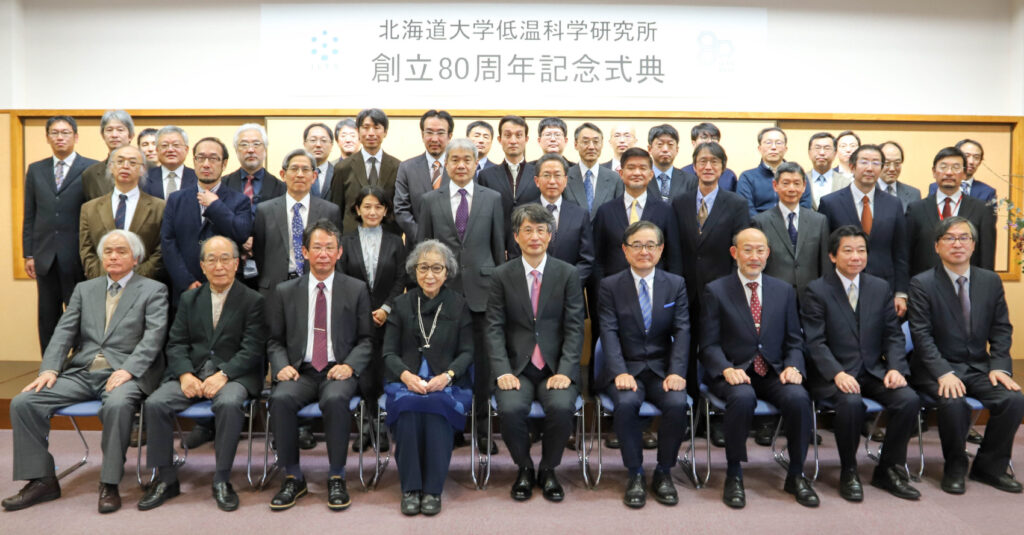[ad_1]
Arai, who died at 85 in 2017, experimented with a nylon-coated polyester that looked like the gossamer wings of a butterfly; he said it could be made into raincoats weighing less than four ounces. He designed a four-layered jacquard with squares on one side and triangles on the other. He mastered the art of blending manual skills, like tie-dyeing, with the tools of computers and other high technology.
“There are several things that made him one of the most important innovative thinkers in textile design,” Matilda McQuaid, a co-curator of the 1998 exhibit “Structure and Surface: Contemporary Japanese Textiles” at the Museum of Modern Art in New York, wrote in an email. “The first is his passion for experimentation, from destroying the surface, shrinking the fabric, to using traditional methods with new materials, like weaving with stainless steel.”
Beginning in the 1970s, fashion designers like Issey Miyake, Yohji Yamamoto and Rei Kawakubo gave Arai global recognition within the fashion and textile industries by using his wearable, yet wildly inventive, fabrics in their own creations.
“He is the greatest influence on textile design in the world today,” Jack Lenor Larsen, the American textile designer, said in introducing Arai at a lecture in 2004 at the Fashion Institute of Technology in Manhattan.
Arai’s textiles are in the permanent collections of many museums, including MoMA, the Cooper Hewitt Museum in New York, the Rhode Island School of Design Museum and the Victoria and Albert Museum in London.
Junichi Arai was born on March 13, 1932, in Kiryu, Japan, the eldest of six children of Kinzo and Naka Arai. Kinzo Arai started the family’s weaving company, Arakin Textile (also called Arakin Orimono), in the 1920s, making obis. It was based in Kiryu, about 80 miles northwest of Tokyo.
Junichi Arai dismantled his father’s company in 1966, became an independent textile planner and started his own company, ARS, which went bankrupt in 1978. That same year, he established Anthology, which also went bankrupt, in 1987. Still, he was endlessly inventive.
[ad_2]
Source link

















